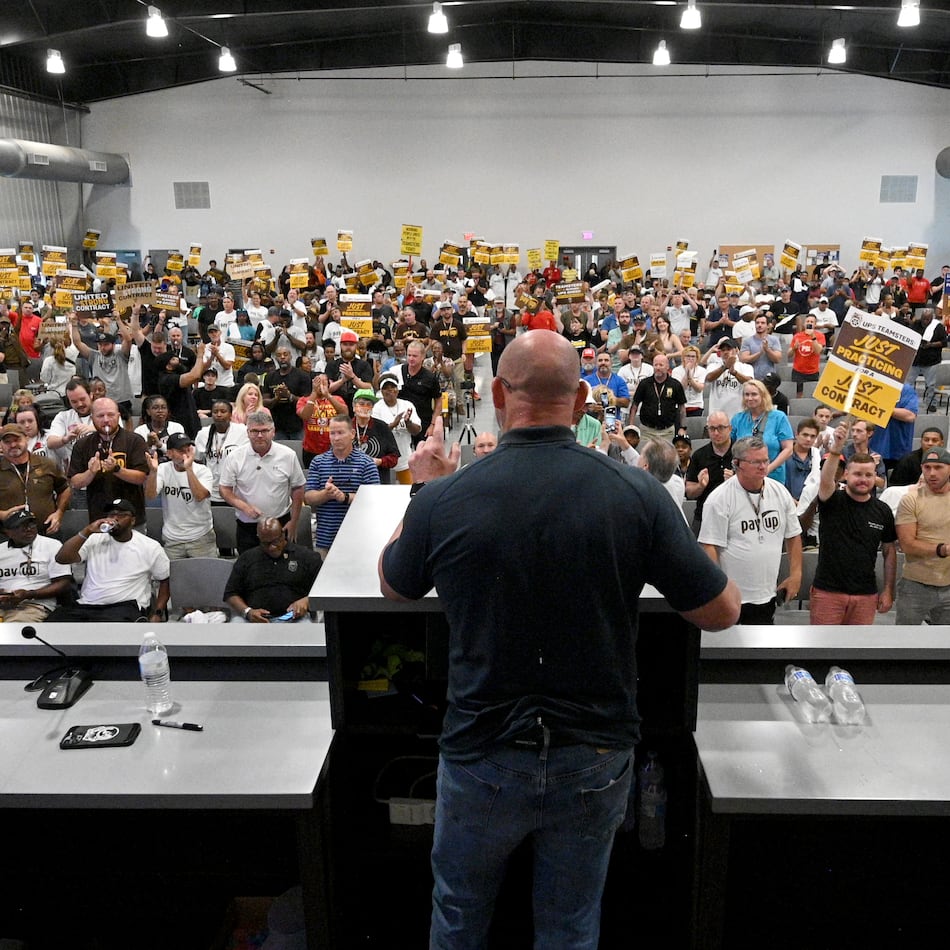The mammoth former General Motors assembly plant dominates more than the physical landscape in Doraville.
The shuttered factory also serves as a symbol for the small northern DeKalb County city’s hopes to shed its blue-collar past. Each of the nine candidates running for the City Council in this year’s election must present a vision for revitalization if he or she hopes to win.
All candidates agree redevelopment of the plant is critical for the city’s rebirth. But with only 1,500 active voters in a city of 11,000, even small distinctions can be enough to sway the outcome on Nov. 3.
“The big question now is the zoning, for the whole city and especially for the plant,” said Susan Crawford, a teacher and 20-year resident. “It matters what comes in and how it comes in.”
More than 3,100 workers built minivans on two shifts at the plant as recently as 2005. By the time it closed in September 2008, only about 1,200 workers remained.
Since then, four developers have bid to buy the 165-acre lot at I-285 and Buford Highway and build some kind of mixed-use development there.
Just last week, the current City Council unanimously approved a resolution against what it says is DeKalb County's vision for the site: a new stadium and complex for the Atlanta Falcons. DeKalb officials have said they have no preferred project but want to see something that will create jobs and return the property to tax rolls.
In Doraville, much of the council campaign has centered on making a big project happen so the city can remake itself like nearby Chamblee and Norcross.
Four of the seven questions put forth by residents in a recent candidate forum dealt directly with those plans or other initiatives, such as road improvements, tied to the redevelopment.
“I think it’s time to put something in there our citizens are going to be proud of and love,” said Donna Pittman, the incumbent council member representing District 1.
Pittman wants a “live-work-play” project on the site, with green space for a town center. One of her opponents, consultant Stuart Anderson, said the city should first make the site a planned unit development, a state planning designation that will allow more flexibility and creativity in what eventually replaces the factory.
“By paying attention to zoning, you get what you want,” Anderson said.
John Noonan, an electrician also vying for the District 1 seat, wants any development to follow a Georgia Tech study that encourages multiuse to blend into the existing hodgepodge of businesses in the area.
“With proper redevelopment, we can come through this a whole lot better,” Noonan said.
The question of how to get the right project is also an issue to voters. There has been talk for over a year that a tax allocation district is needed to give any developer a tax break in exchange for a tony project.
Some residents, though, worry that the city won’t be able to afford the increased demand on city services unless a development pays its full share.
That sharp divide is clear in the District 2 race, where incumbent Brian Bates faces former Councilman Tom Hart.
“It’s an interesting tool to have in your toolbox if you need it, but I don’t think a TAD is the end-all-be-all,” said Bates, the co-owner of a fund-raising consulting firm who is open to using the benefit to lure the right project.
Hart, a retired chemist, rejects use of a TAD, saying it only makes sense on a distressed property that would otherwise get no interest. That doesn’t describe the former plant.
“If somebody wants to build something there, they need to build it without our schoolchildren’s tax dollars,” Hart said.
Making any redevelopment a part of the city, which has been working for a year to spruce up the Buford Highway corridor, will also be critical.
Bob Spangler, the incumbent in District 3, said a continuation of that work with the city planner, to tighten zoning rules and make landscaping standards, is needed along roads that jut from the plant.
“We have to continue with standards, with resident input,” he said.
Opponent Karen Pachuta, an attorney, agreed that current efforts need to be extended. She also called for adding architectural standards to the work.
“There are a lot of opportunities to improve the standards before the development begins,” she said.
The district’s other candidates, homemaker Ginny Calvert and mechanic Clint Howard, were more specific in calling for landscape improvements.
“We can improve the areas with grassy medians for the roads and requiring merchants to have more green space, too,” Calvert said.
Added Howard, “We have to use a tree bank to beautify the area and work with civic groups to have islands that welcome you to the city like other towns do.”
Some residents, who packed the city’s civic center for a recent forum, insist the right mix of leaders could help turn the city’s potential into a reality.
When they look at the hulking idle plant, they see hotels, restaurants, a convention center, medical offices, educational campuses. And they want a City Council that helps make it happen for them.
“The opportunities there are endless,” said Stephe Koontz, a retired autoworker who did not work at the Doraville plant. “It’s the biggest and best thing we’ve got going.”
About the Author
The Latest
Featured
